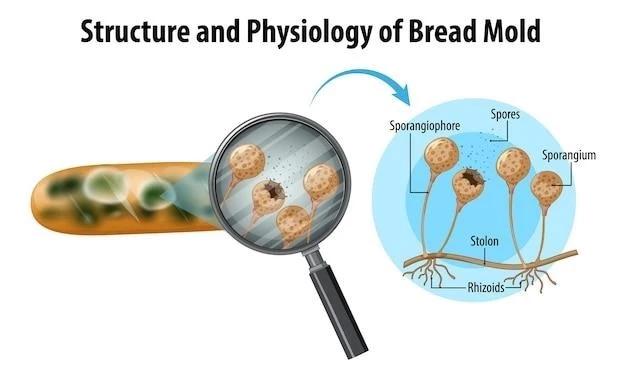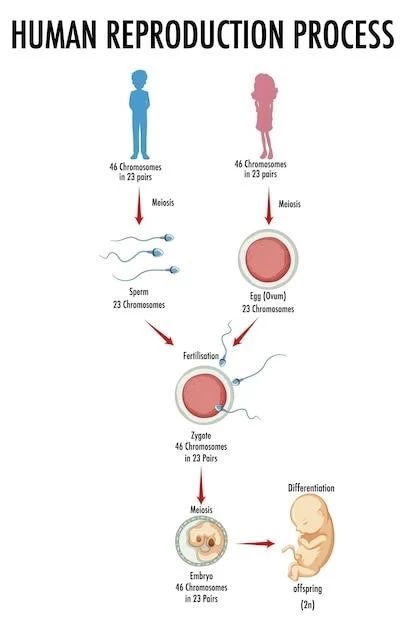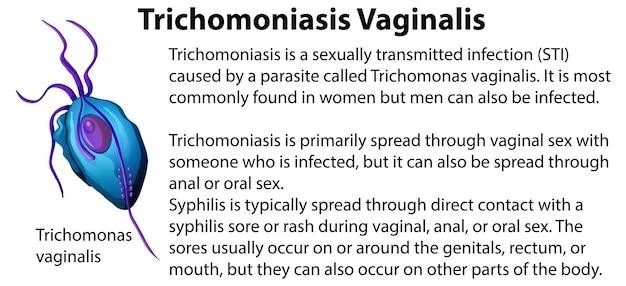Perspectives on managing myotubular and centronuclear myopathy include important improvements in ventilator dependence and motor function with gene replacement therapy.
Congenital myopathies encompass diverse rare neuromuscular disorders with distinct histopathological features‚ such as X-linked myotubular myopathy.
Definition and Causes
Myopathy‚ myotubular‚ is a rare genetic disorder primarily affecting male infants‚ characterized by muscle weakness and respiratory distress. It is caused by mutations in the myotubularin gene (MTM1) and presents challenges in muscle tone and contraction. The condition falls under the umbrella of congenital myopathies‚ encompassing various neuromuscular disorders with distinct histopathological features. Understanding the genetic basis and pathophysiology of myotubular myopathy is crucial for accurate diagnosis and tailored management strategies.
Symptoms and Clinical Presentation
Common symptoms of myotubular myopathy include muscle weakness‚ hypotonia‚ and respiratory distress‚ with manifestations often present at birth.
Muscle Weakness and Hypotonia
Myotubular myopathy is characterized by severe muscle weakness and hypotonia‚ evident from birth. The condition primarily affects skeletal muscles‚ leading to significant challenges in movement and muscle tone regulation.
Respiratory Distress
In myotubular myopathy‚ respiratory distress is a common symptom due to muscle weakness affecting the respiratory muscles. This can lead to significant challenges in breathing and may require ventilator support.

Diagnosis and Management
Perspectives on managing myotubular myopathy include essential improvements in motor function through gene replacement therapy and tailored management strategies based on genetic testing.
Genetic Testing and Molecular Diagnosis
To diagnose myotubular myopathy‚ genetic testing plays a crucial role in identifying mutations in the myotubularin gene (MTM1). Molecular diagnosis helps confirm the condition and guide personalized management strategies based on the specific genetic alterations identified.
Treatment Approaches
Management of myotubular myopathy involves a multidisciplinary approach‚ with interventions targeting symptom relief‚ respiratory support‚ physical therapy‚ and in some cases‚ gene replacement therapy. Tailored treatment plans aim to improve motor function and quality of life for individuals with this rare genetic disorder.

Prognosis and Life Expectancy
X-linked myotubular myopathy has significant implications on life expectancy‚ with potential severe outcomes often seen in affected individuals.
Impact on Daily Life
X-linked myotubular myopathy has a significant impact on the daily life of affected individuals‚ with substantial challenges in motor function‚ respiratory support needs‚ and quality of life adjustments.
Current Research and Future Outlook
Research on myotubular myopathy focuses on gene replacement therapy and improved motor function outcomes. Advances in understanding the genetic basis and exploring innovative treatment approaches offer hope for improved management and quality of life for individuals with this rare genetic disorder.
Comparison with Other Myopathies
Myotubular myopathy differs from centronuclear myopathy and other congenital myopathies in its specific genetic mutations and clinical manifestations‚ highlighting the unique challenges faced by individuals with this rare disorder.
Centronuclear Myopathies
Centronuclear myopathies‚ including myotubular myopathy‚ are characterized by the abnormal positioning of nuclei in muscle fibers‚ distinguishing them from other congenital myopathies. These conditions present unique challenges and manifestations that differentiate them from other neuromuscular disorders.
Titin-Related Myopathies
Titin-related myopathies encompass a spectrum of muscle disorders caused by abnormalities in the titin gene‚ leading to varying clinical presentations such as limb-girdle muscular dystrophy. These myopathies‚ including multi-minicore myopathy‚ share similarities and differences with myotubular myopathy‚ highlighting the complexity of inherited muscle conditions.
Support Resources and Patient Communities
Explore the Muscular Dystrophy UK Get Support webpage and join the Facebook patient community page for Myotubular Myopathy for valuable insights and support.
Muscular Dystrophy UK Get Support Webpage
Access the Muscular Dystrophy UK Get Support webpage for valuable information‚ resources‚ and support for individuals and families affected by myotubular myopathy.
Facebook Patient Community Page for Myotubular Myopathy
Join the Facebook patient community page dedicated to Myotubular Myopathy for valuable support‚ shared experiences‚ and resources for individuals and families affected by this rare genetic disorder.
Conclusion
In conclusion‚ myotubular myopathy poses challenges with severe muscle weakness and respiratory distress. With advances in gene replacement therapy and ongoing research‚ there is hope for improved outcomes and quality of life for individuals affected by this rare genetic disorder.
